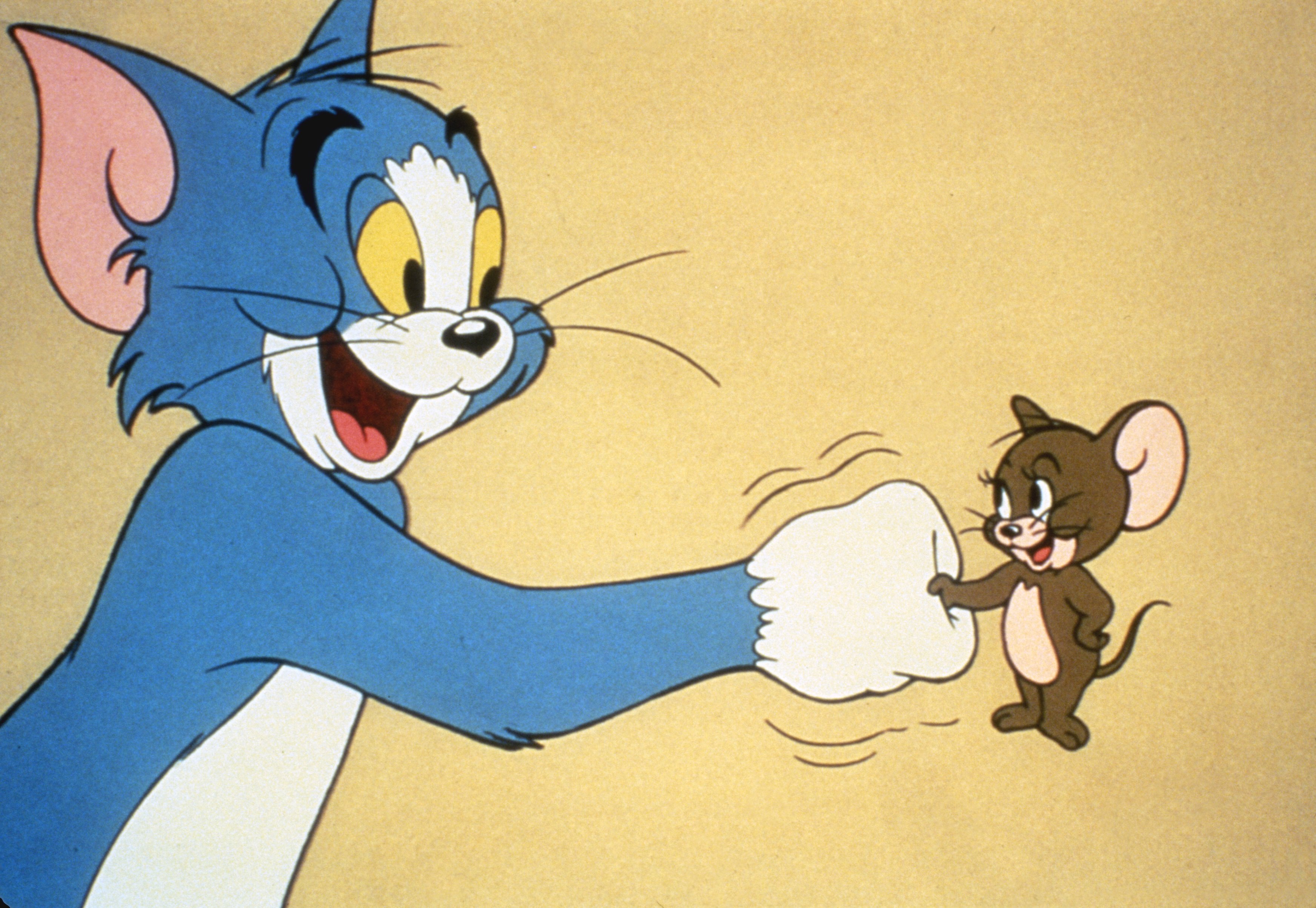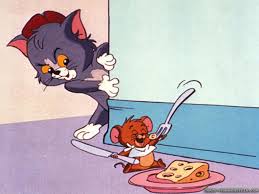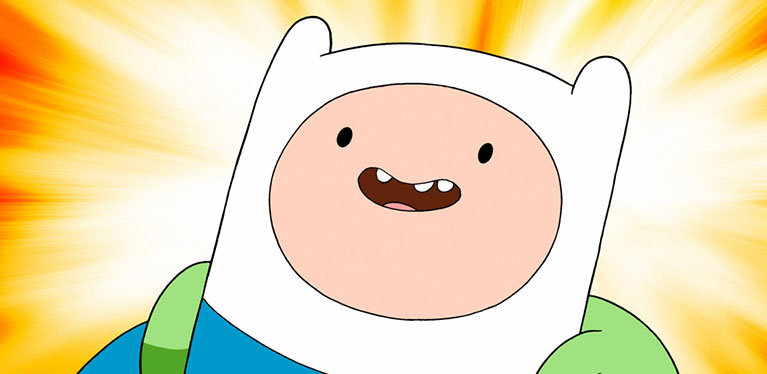There is not a single one of us who have not seen Tom & Jerry, or don’t recollect the cat & mouse chase. This adorable duo forms an important part of our growing up years. But over a period of time, they too have evolved. Let’s travel back in time with this classic pair.
Hanna-Barbera (1940-1958)
Yes, they are that old!
The original creators of the cat & the mouse, William Hanna & Joseph Barbera worked for the MGM cartoon studio. Burdened with the task of directing profit-generating films for the studio, the pair came up with the idea. But it was met with opposition. After all, there had been enough cat & mouse cartoons. However, Hanna-Barbera stood their ground, and Tom & Jerry made their debut in February 1940 in the short Puss Gets the Boot. But they were yet to become Tom and Jerry. On their introduction, they were Jasper and Jinx. The short was an instant hit but the names were not. Hanna-Barbera offered studio employees a US$ 50 prize to come up with the best name. And Tom & Jerry were born.
While Jerry’s physical appearance has changed very little, Tom has transformed over the years. During this period Tom had a very round face and an unruly fur. Although changes were made to the characters over the years, these initial years are considered to the golden era for Tom & Jerry. Under Hanna-Barbera’s supervision, MGM produced 114 animated shorts, and won seven Academy Awards.
Gene Deitch (1961-1962)
When the franchise was revived by MGM in 1961, they hired Rembrandt Films to produce 13 shorts. Gene Deitch headed this project. These 13 differed from Hanna-Barbera’s original in their settings. Unlike the originals that were set inside or outside a house, these 13 shorts moved to more exotic locations including a whaling ship, jungles of Nairobi, Ancient Greek acropolis, and the Wild West. They also changed Tom’s owner Mammy Two-Shoes, a heavy-set, middle-aged, black woman, to Clint Cobbler, a bald, overweight, short-tempered, middle-aged white man.
Although none of these films were nominated for the Academy Awards, they were a huge commercial success, becoming the highest-grossing animated short film series of the time, breaking the record of Looney Tunes.
Chuck Jones (1963-1967)
The man behind Looney Tunes’ Wile E Coyote and Roadrunner started his own studio with 34 shorts of Tom & Jerry made between 1963 & 1967. Jones brought his characteristic style to the characters. Tom got Wile E-style bushy, knitted eyebrows, a gray fur, sharper ears, longer tail, and fuller cheeks like Sylvester, while Jerry was given bigger ears and cuter facial characteristics on the lines of Porky Pig. Jones’s Tom & Jerry series also introduced the iconic theme tune that is used to this day, and the timeless title sequence with a hissing Tom replacing MGM’s trademark roaring lion.
Hanna-Barbera’s The Tom and Jerry Show (1975-1977)
Tom & Jerry returned home with their own TV series – The Tom and Jerry Show. But there were some visible differences. The series had 48 new seven-minute adventures. But there were strict new rules against violence in kids’ television. This meant that the amount and form of violence had to be toned down, and often the sworn enemies had to become best friends or at least help each other. To keep in line with this new kid-friendly series, Jerry was given a new accessory – a red bow-tie.
Filmation Studios (1980-1982)
When Filmation Studios took over production, the cat & mouse duo returned to television with a new series but with their original tricks. The Tom and Jerry Comedy Show also brought back other animated characters from the original series, including Droopy, Barney the Bear and Spike, giving them more material to play with.
Tom and Jerry Kids (1990-1994)
Weekend television cartoon in the 1980s & 90s saw the emerging trend of ‘babyfication’ or popular cartoon characters. Tom & Jerry also joined the bandwagon, and the series featured a bow-tie wearing Jerry and a red cap-wearing Tom chasing each other. Spike and his son Tyke (with dialogues), and Droopy and his son Dripple also made cameo appearances.
Warner Bros.’ Tom and Jerry (2006-2008)
Warner Bros. produced the Tom and Jerry Tales. This was a 13-part series of half-hour shows, each featuring three adventures that utilised the slapstick chase style of the original.
Warner Bros.’ The Tom and Jerry Show (2014-present day)
Barring the occasional reruns on Cartoon Network, there was nothing happening with this iconic duo. Tom and Jerry were resurrected for television in 2014. And a second season was launched in 2015, just before their 75th birthday. Not much has changed in Tom & Jerry themselves, but the Flash animation used by Warner Bros. gives the series a more contemporary 2D style.
The series retains the feel of the original, but little things like the digital read-out on the cooker, remind us that the cat & mouse are now in the 21st century. Occasionally, modern gadgets also make an appearance.
We look forward to more cat & mouse adventures.








